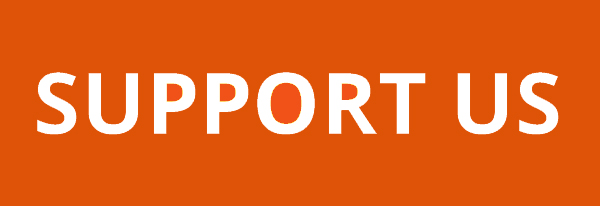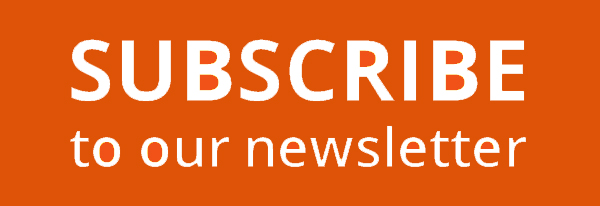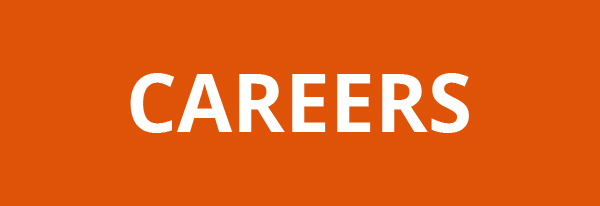The Uzbek Asset Return Network has published this special issue series, which is divided into 6 briefing reports + an introductory report. It begins by analysing the risks and opportunities in the asset return process to Uzbekistan looking in particular at the recent Memorandum of Understanding (MoU) signed between Switzerland and Uzbekistan to return the first tranche Karimova’s corrupt assets to Uzbekistan. The series also highlights the responsibilities of asset returning states in ensuring that confiscated assets are returned and reused to benefit the first victims of corruption – the citizens of the country they were stolen from.
Following briefing report is written by Umida Niyazova (founder and director of Uzbek Forum for Human Rights) and Lynn Schweisfurth (consultant at Uzbek Forum for Human Rights).
Can Uzbekistan’s Media be Relied Upon to Scrutinize the Safe Return of Gulnara Karimova’s Assets?
The return of Gulnara Karimova’s misappropriated assets to Uzbekistan presents an opportunity to restore faith in the rule of law and confirm societal victims’ right to compensation which benefits the communities they were stolen from. However, persisting constraints on Uzbek civil society and a self- censoring media, tightly overseen by the authorities, pose a serious risk to adequate scrutiny of how the assets will be managed and disbursed.
By Umida Niyazova and Lynn Schweisfurth
Introduction
The return of Gulnara Karimova’s stolen assets to Uzbekistan, their management and disbursement, is dependent on two key issues: transparency and accountability. The government of Uzbekistan is set to receive over $1 billion USD which the former President’s daughter had received in bribe payments. Who will manage and disburse these funds? What will the funds be spent on? And who will decide how to spend them? The role of independent media in following this process will be crucial in ensuring that these assets ultimately benefit Uzbek citizens and do not fall victim to repeated misappropriation or mismanagement. The freedom of the media in Uzbekistan, however, comes with a number of caveats which seriously call into question their ability to monitor the process and hold the government accountable.
Shavkat Mirziyoyev’s program of reforms has certainly improved Uzbekistan’s media landscape. Online activity voicing criticism of the government on Facebook, Telegram and other social networks has dramatically increased the dissemination of information amongst civil society that, up until recently, would have incurred a prison sentence. The blogosphere and citizen journalism are alive and well in today’s Uzbekistan. However, there are a number of exceptions to these internationally lauded media freedoms: they are bound and contingent upon the interests of those in positions of power. Reporting must not question the origins of the puzzling wealth of the country’s elite, something budding bloggers have been quick to learn.
Despite the encouraging words of the OSCE Representative on Freedom of the Media, selected independent media outlets such as Radio Free Europe/Radio Liberty (RFE/RL) remain blocked. The state retains a strong presence in print media, something completely at odds with a democratic society. These state-owned media enterprises are subsidized by public money and exist through mandatory subscriptions, operating as propaganda tools, rather than as a genuine means to inform Uzbek society. And let’s not forget that Uzbekistan has been characterized as ‘not free’ in Freedom House’s Index of Internet Freedom, ranking in the bottom 27 in the world.
Control, Coercion and Self-Censorship
There is growing unease at the persistent meddling of the Uzbek authorities in reporting by independent media outlets. Uzbek media content is controlled and assessed by the Uzbek Agency for Information and Mass Communications (AIMC). Their assessments, submissions, warnings and conclusions on media content are grounds for punishment and closure of media outlets through the Uzbek courts. At present, there are 1,777 media outlets in the country. AIMC issued 150 submissions and warnings in 2019, including 75 to TV and radio channels, 65 to periodicals and 10 to Internet sites. In the first nine months of 2020, a total of 90 submissions and warnings were issued, including 39 to television and radio. The latest, most sinister development came just days ago, when its director, Asadjon Khodjayev, threatened Kun.uz, one of Uzbekistan’s leading media outlets, with “serious legal consequences” for reporting on gas shortages and power outages, prompting criticism even from Tashkent’s diplomatic community.
Issues of corruption have so far escaped real scrutiny by Uzbekistan’s media. When the Sardoba dam in the Sirdaryo region collapsed in May 2020, just three years after its completion, causing almost $1 billion USD in damage and washing away tens of thousands of homes and livelihoods, social networks were abuzz with reports of shady connections between President Mirziyoyev’s family and the construction company that had built it. The outrage among the Uzbek population was so great that it prompted a hastily arranged visit by the President himself to inspect the damage and make promises of compensation and an investigation. Six months later, there has been no investigation and residents are still homeless and without income, all in the midst of a global pandemic during Uzbekistan’s freezing winter.
Despite all the assurances of freedom of speech, there is extensive self-censorship in Uzbekistan. Officials are known to have put pressure on a number of online journalists and ordinary citizens, demanding that they remove footage and comments related to the Sardoba disaster. Disappointingly, accredited news outlets did not resist this pressure and remained awkwardly reticent in their reporting of the circumstances that led to the tragedy.
Taken cumulatively, this does not bode well for the safe and responsible return of stolen assets which will largely depend on the ability of Uzbekistan’s independent media to monitor the transparency and accountability of the asset return, management, oversight and disbursement process.
Media Reporting of Corruption
The Sardoba dam collapse is not the only story lacking media attention and journalistic curiosity outside of social networks. In 2020, Uzbek Forum for Human Rights published two joint reports with the University of Ulster as part of its UzInvestigations series. Both reports revealed the ability of those in power, including those cheerleading the Uzbek reform process, to navigate public funds and state aid in and out of the private sector with the agility of circus acrobats.
The first report, “Out of the Cauldron, Into the Fire” examined the links between high- ranking Uzbek officials and the emergence of private cotton producers and their proclivity for UK Limited Liability Partnerships, the preferred company registration method of money launderers and tax evaders. In light of the decades-long dominance of the cotton sector in the Uzbek psyche, often regarded as Uzbekistan’s ‘white gold’ and notorious for the state-organized forced mobilization of millions of children and adults, it is remarkable that the findings of the report did not muster a mention in newspapers or television networks. It was left to the likes of exiled media outlet Eltuz to ensure the findings reached the Uzbek public on social media networks.
The second report investigated the involvement of Komil Allamjonov, a leading figure in Mirziyoyev’s efforts to promote media freedom in Uzbekistan and his involvement in business ventures designed to benefit his companies and associates. These included mandatory subscriptions for businesses for tax periodicals and accounting software while he was head of the state tax department. Again, the findings somehow managed to escape the notice of mainstream media outlets including BBC Uzbek, Kun.uz, and Fergana.ru while social media ran riot.
More recently, allegations of fraud were reported by the Financial Times relating to a project of the UN Development Programme (UNDP) in Uzbekistan, financed by the Global Environment Fund (GEF). These allegations have similarly escaped reporting in Uzbekistan’s mainstream media.
Challenges in Monitoring the Return Process
There can be fewer cases that have captured the imagination of the Uzbek public as the dramatic public demise of Gulnara Karimova. From princess to prisoner, no matter how badly she was treated at the hands of Uzbekistan’s judicial system, hers is a story that still fascinates Uzbek audiences, and will only continue to garner even higher levels of interest as her stolen assets return to Uzbekistan. However, a narrative has developed that Karimova is the only bad player in this murky saga and that her actions took place in a vacuum.
A report by the International State Crime Initiative in 2017 unraveled the network of banks, tax havens and advisers that facilitated Karimova’s theft and their alleged linkages to those still in power. If the Uzbek Government has been successful in portraying itself as a victim of corruption at the hands of Karimova, it is because the media and civil society have either been unable or unwilling to report on the methods through which those in power are able to use the state apparatus to siphon off resources.
When the assets are finally returned, coverage of the process must go beyond the fluffy details of a glamorous life lived at the expense of the Uzbek people and reveal the infrastructure, both at home and abroad, which enabled her to pilfer $1 billion in bribes. There must be independent media space that allows journalists to monitor the management and disbursement of assets and ensure that it does not fall into the hands of the next generation of kleptocrats.
It would also be disingenuous to rely on social media to circulate updates and fill the gaps in reporting. Facebook and other networks have been switched off without warning as recently as this year. No explanations, no reasons, just blackout when it was least expected. Moreover, the long hand of the state has developed sophisticated techniques to keep dissent in check. In March 2020, Amnesty International published a report detailing the activities of the State Security Service of Uzbekistan which allegedly used hacker tools and purchased and developed its own spyware to conduct surveillance and disrupt the websites of human rights activists, troublesome journalists and NGOs, including ourselves at Uzbek Forum for Human Rights.
This is all deeply disconcerting in a country where independent media, and particularly social media, has to counterbalance an absent independent judiciary and weakened civil society following decades of totalitarian rule. Most NGOs are government-affiliated and only one independent human rights organization has been registered in Uzbekistan since Mirziyoyev came to power – the second since 2003. All the greater is the responsibility of the media to compensate for the lack of voice to raise the concerns of civil society.
The return of Karimova’s stolen assets represents a landmark case that has the potential to deliver remediation and allow the people of Uzbekistan to witness something close to justice. There is a strong opportunity to create a transformative moment that sparks a sense of rectifying wrongdoing and reasserting societal victims’ interests by ensuring that the returned assets are used to invest in domestic social programs. A self-censoring media is ill-equipped to be the guardian of the recovery process. Without mechanisms that will hold power in check, the international community is in danger of passing up a unique chance to restore faith in the rule of law. It would be a monumental disservice to the people of Uzbekistan if that were to happen and impunity was once again granted to those who gain from grand corruption.
Published by
The Uzbek Asset Return Network (UARN) is a coalition of Uzbek and international NGO’s and experts advocating for the responsible return of Gulnara Karimova’s corrupt assets to Uzbekistan, ensuring assets are dedicated to the developmental needs and interests of the Uzbek people – the victims of corruption – under a framework underpinned by the principles of transparency, accountability, integrity and human rights.
For press enquiries, please contact Fatima Kanji (UARN Coordinator) at: f.kanji@qmul.ac.uk
List of published papers:
- Fatima Kanji (Uzbek Asset Return Network and International State Crime Initiative), Summary: Challenges and opportunities for responsible asset return to Uzbekistan
- Richard Messick, Stolen assets be return to corrupt governments? The Uzbek case
- Professor Kristian Lasslett, Dilmira Matyakubova and Umida Niyazova (UzInvestigatons), Evaluating the Swiss-Uzbek Return Principles for Stolen Assets Warehoused Abroad
- Professor Kristian Lasslett and Dr Dawid Stanczak (UzInvestigations and Ulster University), Can the Government of Uzbekistan Responsibly Manage Seized Assets? A Capacity Assessment
- Laure Brillaud, Sara Brimbeuf and Matilde Manzi (Transparency International EU and Transparency International France), Stop the Kleptocrats: The EU must no longer be a safe haven for stolen assets
- Umida Niyazova and Lynn Schweisfurth (Uzbek Forum for Human Rights), Can Uzbekistan’s Media be Relied Upon to Scrutinize the Safe Return of Gulnara Karimova’s Assets?
- Nadejda Atayeva (Association for Human Rights in Central Asia), A spotlight on Independent civil society in Uzbekistan





